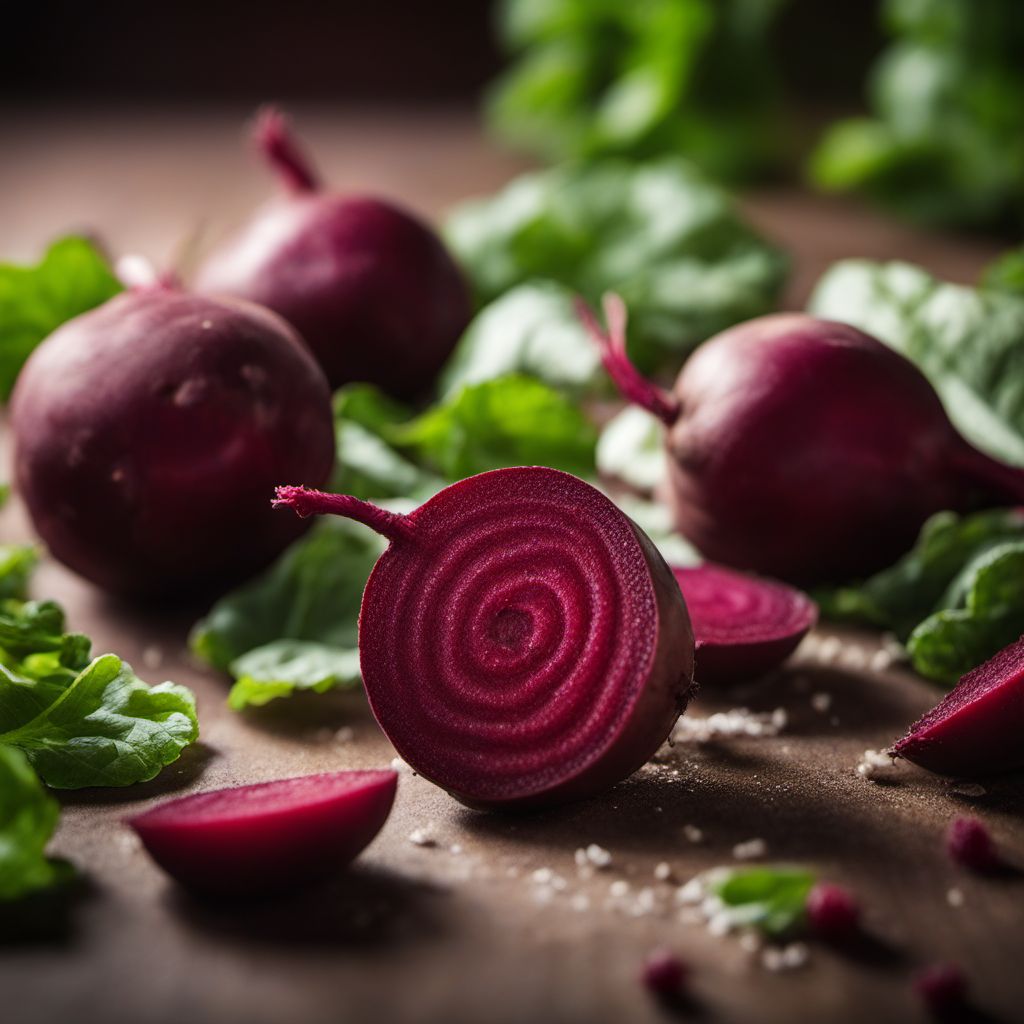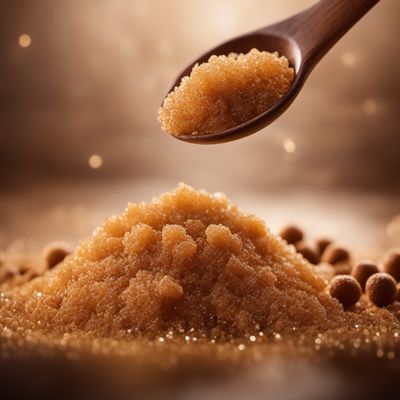
Ingredient
Brown beet sugar
The Sweet Secret of Brown Beet Sugar
Brown beet sugar is a natural sweetener made from sugar beets. It has a deep brown color and a moist texture, which is a result of the presence of molasses. The flavor of brown beet sugar is distinctively sweet with hints of caramel and toffee. Its texture is slightly coarser compared to white sugar, and it easily blends into recipes, adding a delightful depth of flavor. Brown beet sugar is commonly used in baking, sauces, marinades, and even in savory dishes like glazes for roasted meats.
Origins and history
Sugar beets, the source of brown beet sugar, were first cultivated in Europe in the 18th century. The process of extracting sugar from beets was developed in the early 19th century, and it quickly gained popularity as an alternative to cane sugar. Today, sugar beets are widely grown in countries like Germany, France, Russia, and the United States. Brown beet sugar has become a staple ingredient in many European and American cuisines.
Nutritional information
Brown beet sugar contains the same amount of calories as white sugar, which is approximately 16 calories per teaspoon. It is a source of carbohydrates and provides a quick energy boost.
Allergens
Brown beet sugar does not contain any known allergens.
How to select
When selecting brown beet sugar, look for a brand that uses high-quality sugar beets and has a rich, dark brown color. Avoid sugar that appears clumpy or has a strong, unpleasant odor.
Storage recommendations
To maintain the freshness and quality of brown beet sugar, store it in an airtight container in a cool, dry place. Avoid exposure to moisture, as it can cause the sugar to clump. Properly stored, brown beet sugar can last for up to two years.
How to produce
Brown beet sugar is produced by extracting juice from sugar beets, which is then purified, crystallized, and dried. This process involves several steps, including slicing the beets, extracting the juice, clarifying the juice, evaporating the water, and finally, drying and packaging the sugar crystals.
Preparation tips
Brown beet sugar can be used as a direct substitute for white sugar in most recipes. Its rich flavor makes it particularly well-suited for baking, where it adds depth and complexity to cookies, cakes, and breads. It can also be used to sweeten sauces, glazes, and marinades, enhancing their flavor. When using brown beet sugar in recipes, keep in mind that its moisture content may affect the texture of baked goods, so slight adjustments may be needed.
Substitutions
Dark brown sugar or muscovado sugar can be used as substitutes for brown beet sugar. These sugars have a similar flavor profile and can provide a comparable depth of flavor to recipes.
Culinary uses
Brown beet sugar is commonly used in baking, where it adds a rich flavor to cookies, cakes, and muffins. It is also used in sauces, glazes, and marinades to enhance the taste of savory dishes like roasted meats and vegetables. Additionally, brown beet sugar can be used to sweeten beverages like coffee or tea, and it can be sprinkled over fruits or cereals for added sweetness.
Availability
Brown beet sugar is commonly available in regions where sugar beets are cultivated, such as Europe and the United States.
More ingredients from this category
Recipes using Brown beet sugar

Molecular Gastronomy Cochinita Pibil
The Transformed Cochinita Pibil: A Molecular Gastronomy Delight

Russian-style Ramen
Borscht-inspired Ramen: A Fusion of Japanese and Russian Flavors

Russian-style Gumbo
Borscht-inspired Gumbo: A Fusion of American and Russian Flavors

Russian-style Dim Sum
Borscht Dumplings: A Russian Twist on Dim Sum

Russian-style Nasi Goreng
Borscht-inspired Nasi Goreng: A Fusion of Indonesian and Russian Flavors
